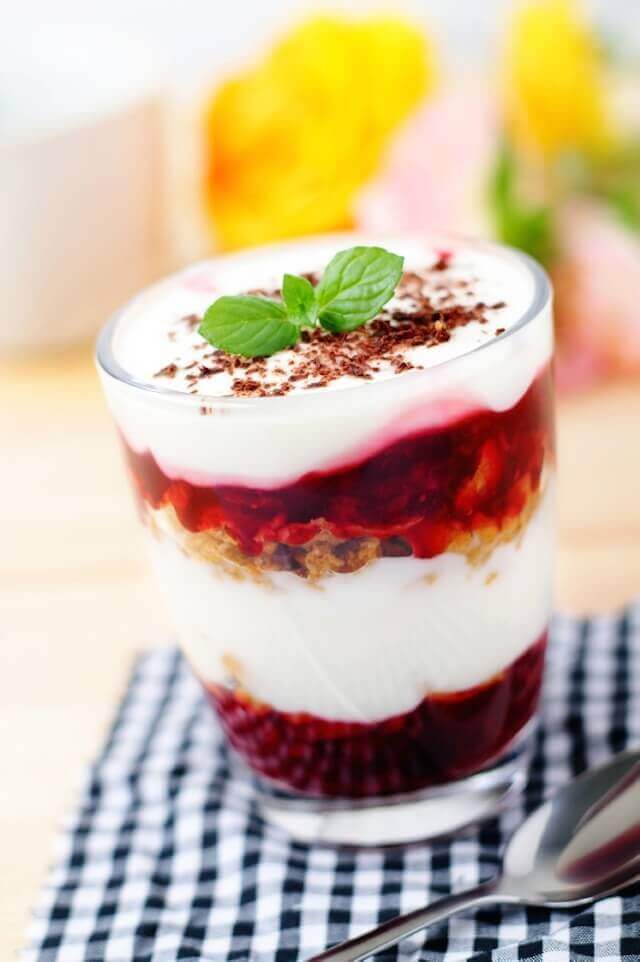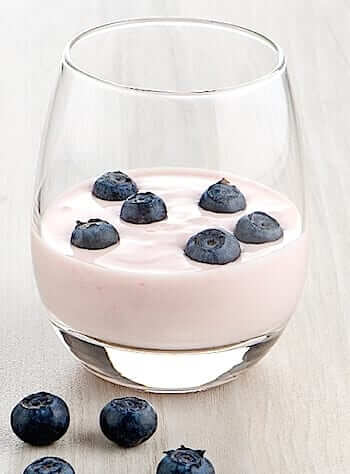How to Make Yoghurt
Yoghurt is a prized dairy product. It is easy to digest, nutritious and can be served with many types of foods. Stores are stocked with varieties of yoghurt, from plain to chunky. Some have added minerals like calcium and iron, and others have been treated with live cultures. But did you know you can learn…
This post may contain affiliate links. Please read our disclosure policy.
Yoghurt is a prized dairy product. It is easy to digest, nutritious and can be served with many types of foods. Stores are stocked with varieties of yoghurt, from plain to chunky. Some have added minerals like calcium and iron, and others have been treated with live cultures. But did you know you can learn how to make yoghurt at home?
Health Benefits of Yoghurt

Because yoghurt is a product of milk, it contains a lot of calcium and potassium. Calcium is the mineral that keeps your bones and teeth healthy and strong. Potassium plays an important role in muscle function and is known to balance fluids in your body. The difference between yoghurt and milk as dairy products is that yoghurt it has less lactose. This means it is safer and healthier for people who are lactose intolerant.
Another feature that sets yoghurt apart from other dairy is that it contains live cultures. Live cultures are bacteria, the good kind. The body needs these bacteria to break down food and to protect intestinal health. Yoghurt is often used as a source of probiotics, which help to counter the negative side effects of antibiotics.
Homemade vs. Store-bought Yoghurt
Knowing how to make yoghurt at home is not only cost-effective but is healthier too. Most yoghurt sold in food stores need to have preservatives added to keep them from spoiling quickly. Unfortunately, preservatives are not good for your health. Homemade yoghurt has little or no additives, which increases their nutritional value and lessens calories.
There are a few ways to learn how to make yoghurt at home. However, the simpler the method, the better it is for beginners. For thicker, tangier yoghurt, extend the incubating hours. Serve or sweeten yoghurt with fruit, honey, flax seeds or add to smoothies.
Did you make this? If you snap a photo, please be sure tag us on Instagram at @panlasangpinoy or hashtag #panlasangpinoy so we can see your creations!

How to Make Yoghurt
Ingredients
- 1 quart milk all types except UHT or UHP
- 1 tbsp. sugar white
- 2 tbsp. freeze-dried bacteria or yoghurt with live cultures
- Pinch of salt
- A working food thermometer
Instructions
- In a double boiler, heat the milk and measure the temperature while stirring. Wait until it reaches 85 C or 185 F then remove from heat.
- Place the boiler of milk in a bath of cold water so the temperature drops to 43 C or 110 F. While milk cools down, take out the bacteria starter (yoghurt or freeze-dried) and sit in at room temperature.
- Stir the bacteria starter into the milk and stir to mix. Pour milk into jars and sit it in a warm place until the temperature goes up to 90-120 F. the easiest method is to turn on the oven to this temperature and turn it off without switching off the light inside the oven. Let your milk rest in the oven for 7 hours.
- After several hours, yoghurt should start firming up. Strain the yoghurt through a strainer or cheese cloth, and transfer the firm yoghurt into a strainer or colander for 4-8 hours. Strain until almost all the whey or liquid is gone. Add toppings and serve.


Leave a Comment